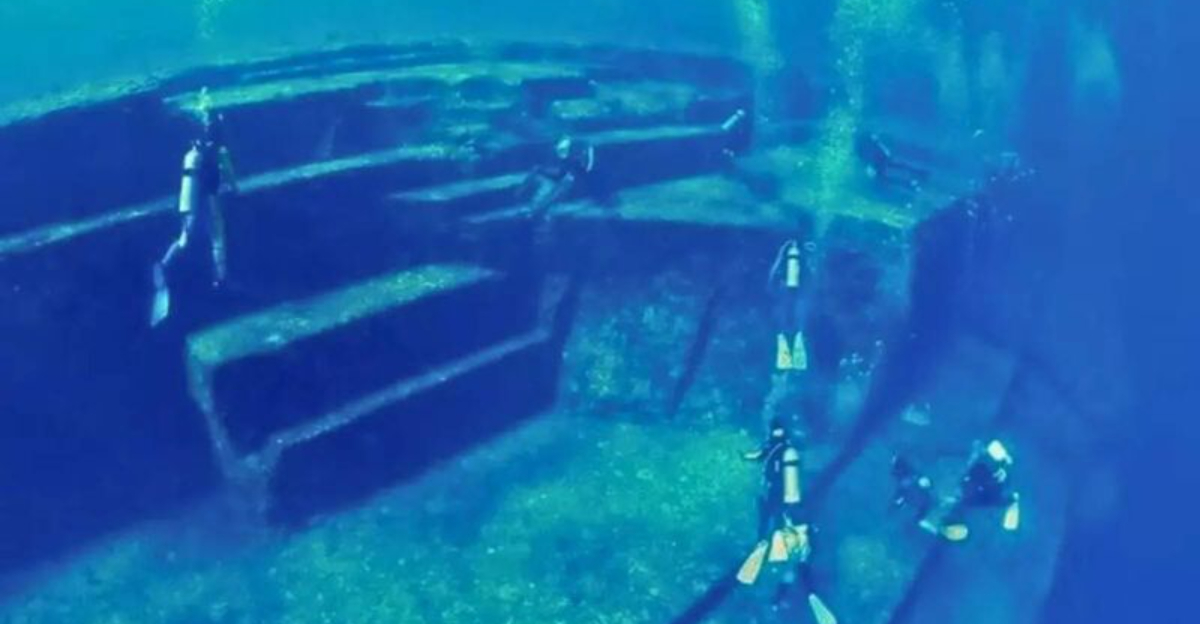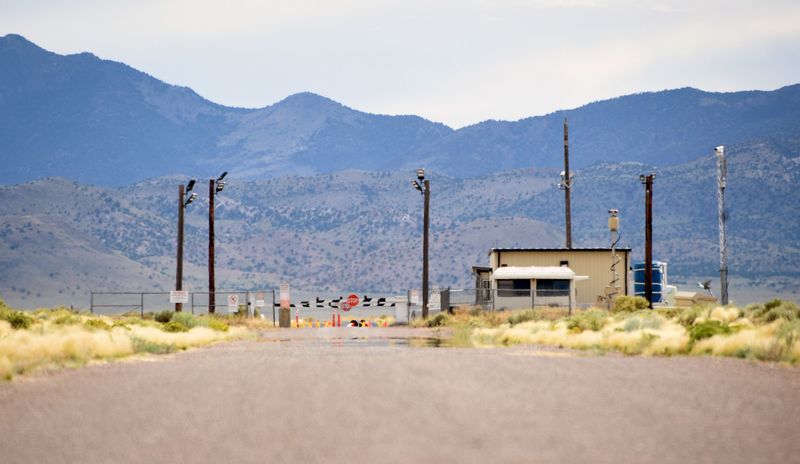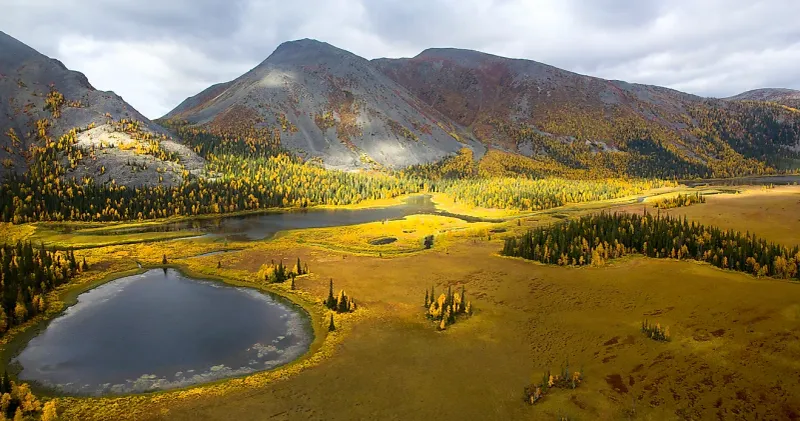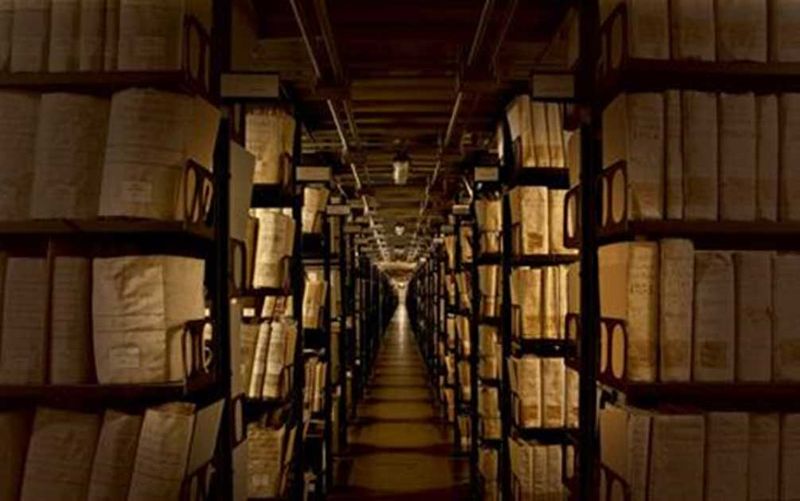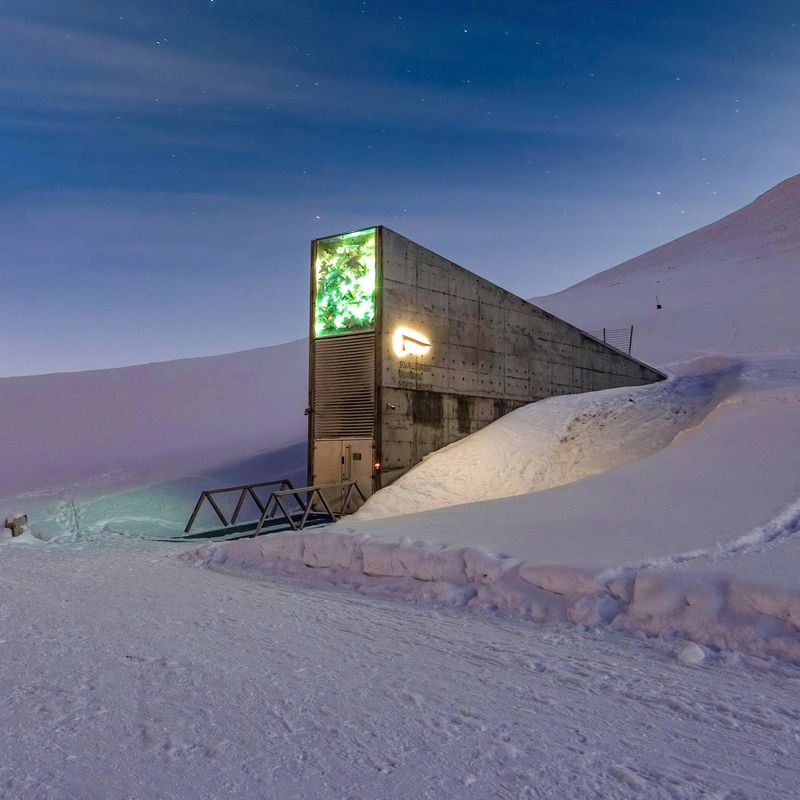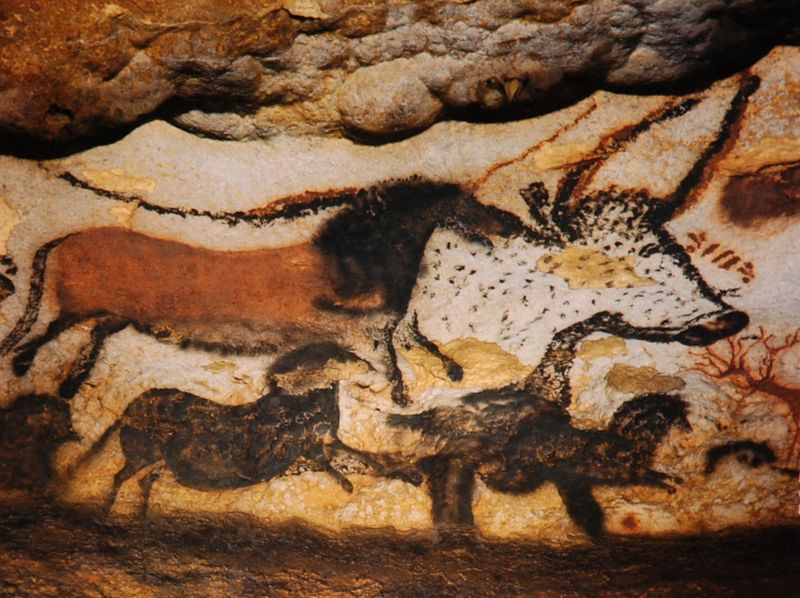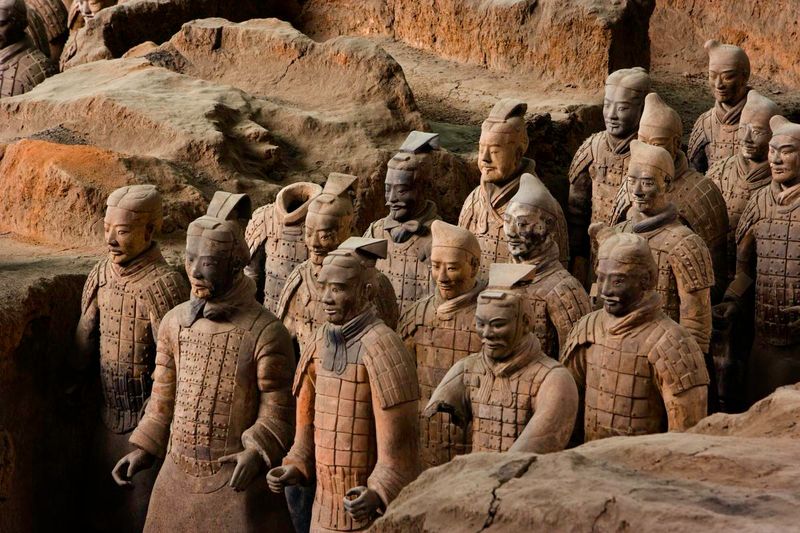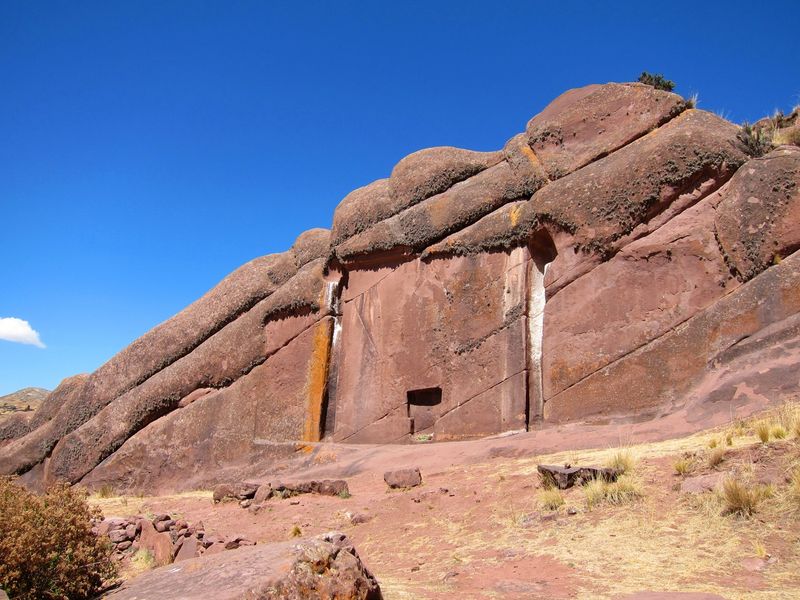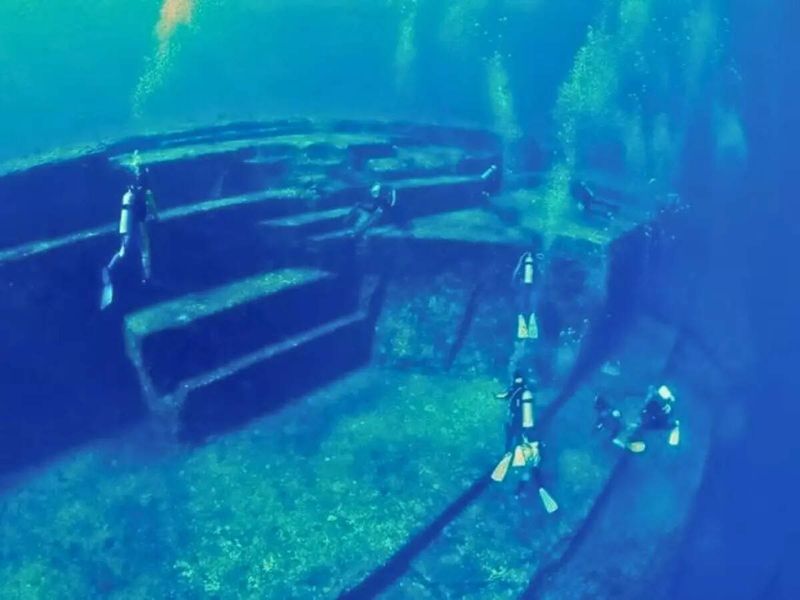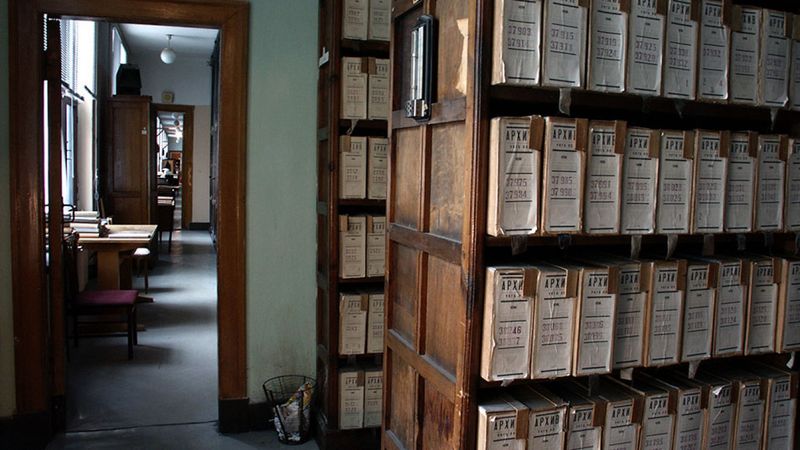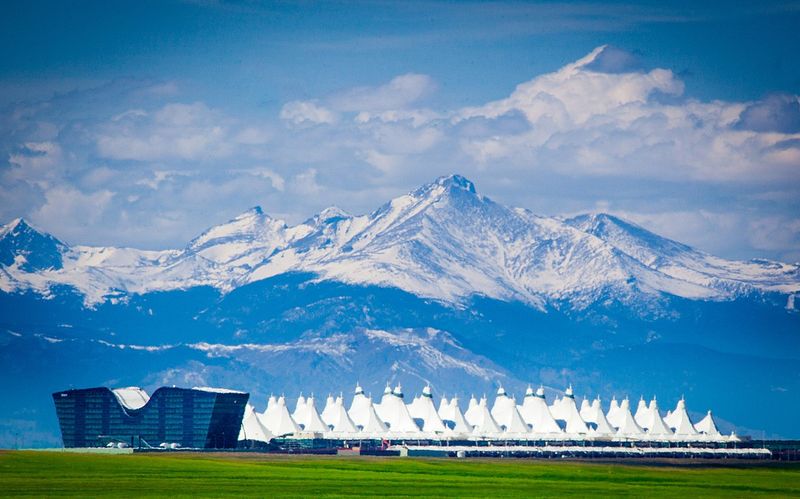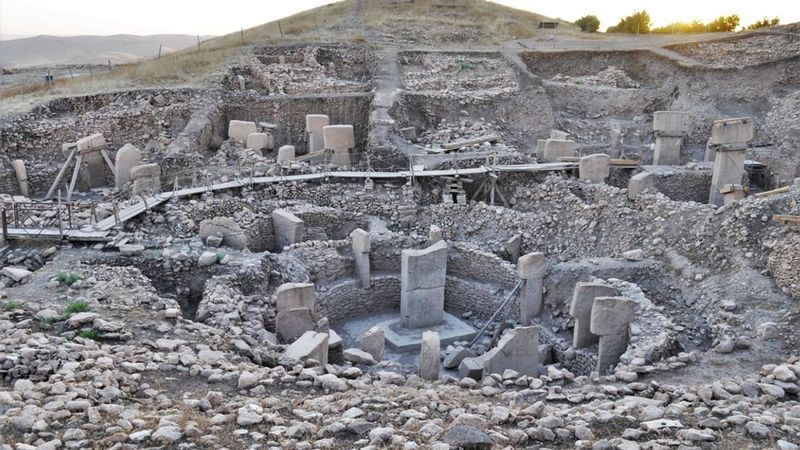Throughout history, there have been numerous sites shrouded in mystery and intrigue, often hidden from the public eye due to their controversial nature or potential secrets they hold. This post delves into eleven such forbidden archaeological sites that governments across the world keep under wraps.
1. Area 51 (Nevada, USA)
Nestled in the Nevada desert, Area 51 has long been the epicenter of extraterrestrial conspiracy theories and military secrecy. The U.S. government only acknowledged its existence in 2013, adding fuel to the fire of speculation.
According to urban legends, the site houses crashed UFOs and reverse-engineered alien technology. While the truth remains hidden, its notoriety continues to attract both believers and skeptics.
Theories suggest that ancient alien artifacts may also be stored here, intertwining modern military secrets with ancient mysteries.
2. Mount Yamantau (Russia’s Ural Mountains)
Mount Yamantau, a colossal mountain in Russia’s Ural range, is enveloped in secrecy and speculation. Allegedly, it’s a massive underground bunker complex, possibly serving as a doomsday shelter for Russia’s elites.
Some believe it could house preserved ancient relics or secret archives, adding an archaeological twist to its enigmatic reputation. Its true purpose remains unknown, wrapped in layers of governmental secrecy.
The site is heavily guarded, fueling rumors of what lies beneath its imposing surface.
3. Vatican Secret Archives (Vatican City)
The Vatican Secret Archives are a treasure trove of history, locked away from the public eye. With centuries of classified Church documents, they hold the potential to rewrite historical narratives.
Rumors whisper of suppressed texts on lost civilizations, heretical knowledge, and even Christ’s bloodline. This labyrinth of secrets is accessible only to a select few, preserving its aura of mystery.
With each document, a new story waits to be uncovered, yet remains forever elusive to outsiders.
4. The Svalbard Global Seed Vault (Norway)
Tucked away in the remote Arctic archipelago, the Svalbard Global Seed Vault stands as a modern Noah’s Ark. Officially, it safeguards seeds from around the globe, ensuring biodiversity.
However, conspiracy theories suggest it may also store ancient genetic material or forbidden technology, adding a layer of intrigue. The vault’s location and purpose invite endless speculation.
Its icy exterior hides what could be a gateway to humanity’s ancient past, awaiting a time of need.
5. The Lascaux Caves (France)
The Lascaux Caves, known for their exquisite prehistoric art, are a window into humanity’s distant past. Discovered in 1940, these caves contain paintings over 17,000 years old.
Unfortunately, the influx of tourists led to their closure to the public, preserving the delicate artworks. Some symbols remain undeciphered, sparking theories of lost knowledge encrypted within.
This ancient gallery speaks of a world long gone, where art was life and life was art.
6. The Tomb of Qin Shi Huang (China)
Guarded by the silent Terracotta Army, the tomb of China’s first emperor, Qin Shi Huang, remains unopened. Revered for unifying China, his final resting place is an architectural marvel.
Legends speak of booby-traps and rivers of mercury, deterring modern exploration. It might hold advanced ancient technology, waiting to be discovered.
A blend of legend and history, this tomb captivates imaginations worldwide, enticing archaeologists and historians alike.
7. The Door of the Gods (Puerta de Hayu Marka, Peru)
In the remote highlands of Peru lies the enigmatic Door of the Gods. Carved into solid rock, this site is steeped in local legends of star gates and interdimensional travel.
Some claim it’s a portal to other worlds or realms, connecting past and future. While officially unexplored, its mystical ambiance continues to draw curiosity and wonder.
This site remains a focal point of both spiritual and archaeological interest, veiled in the myths of time.
8. The Yonaguni Monument (Japan)
Beneath the waves off Japan’s coast lies the Yonaguni Monument, a submerged wonder sparking debate. Are these pyramid-like structures natural formations or remnants of an ancient civilization?
If man-made, they could rewrite Pacific history, dating back over 10,000 years. Their purpose and origin remain subjects of fierce debate among archaeologists.
This underwater enigma challenges conventional history, inviting daring exploration and study.
9. The KGB Archives (Moscow, Russia)
The KGB Archives are a Pandora’s box of Soviet secrets, locked away from prying eyes. Within these files lie tales of paranormal experiments and controversial archaeological finds.
Rumors suggest the discovery of “non-human” artifacts in Siberia, intertwining science fiction with historical mystery. The archives hold the potential to unveil hidden truths of the past.
A vestige of a bygone era, these documents preserve secrets that might never see the light of day.
10. The Denver International Airport (USA)
Denver International Airport is a hub of travel—and conspiracy. Its bizarre murals and underground tunnels have sparked numerous theories.
Some claim hidden chambers store ancient relics or serve as elite bunkers. The strange symbolism fuels speculation about its true purpose.
Whether a simple airport or something more, its mystique endures, inviting intrigue and speculation.
11. The Gobekli Tepe “Vault” (Turkey)
Gobekli Tepe, an archaeological gem in Turkey, dates back 12,000 years. Its massive stone pillars hint at a lost civilization with advanced knowledge.
Sealed underground chambers, often referred to as “vaults,” fuel speculation about hidden treasures or evidence of ancient advanced technology.
This site challenges our understanding of human history, proposing a narrative of civilization’s dawn.
